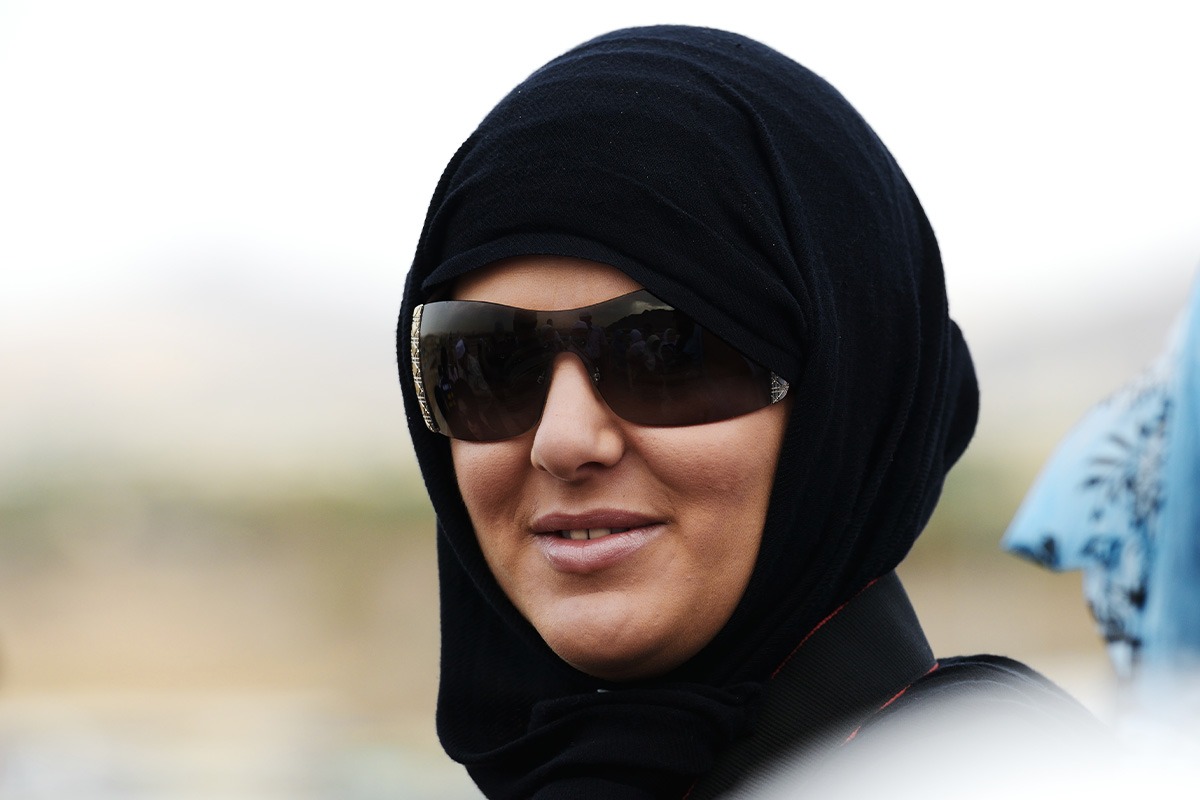

A section of French Muslims has often incited girls to wear abaya in schools to defy rules, much like what happened in Karnataka last year

NEW DELHI: France recently banned abayas – the full-length traditional robes worn by Muslim women – from public schools, triggering a debate on the European country’s secular values.
While announcing the measure, minister of national education, Gabriel Attal said that religious dress violates the secular principles of the French Republic. “One should not be able to identify the pupils’ religion just by looking at them when they enter a classroom,” he said.
The minister said that French institutions are “being tested” – a reference to attempts to defy the country’s ban on religious symbols and attire in state schools – and that “such a situation” requires standing firmly against communitarianism. He has vowed to do back principals to effectively impose the prohibition.
The move has evoked mixed responses from French society. While Right wing leaders have welcomed the decision, the majority of Left has opposed it as a form of dress policing. For the members of the opposition party La France Insoumise (LFI), this decision is unconstitutional and contravenes the founding principles of secularism.
For a long time, headmasters have been demanding a clear directive over the wearing of abayas in public schools. At present, the responsibility of allowing or denying the dress lies solely on them, which often creates difficult situations in absence of clear guidelines.
ALSO READ: Africa: After Niger, military seizes power in Gabon to end family rule
France’s Republican conception of secularism, called laïcité, has faced growing challenges in recent years.
The debate revolves around whether this particular clothing manifestly denotes a religious affiliation. Abaya would indeed be treated as illegal if it is categorized as a religious attire, as per a law adopted in 2004, which prohibits the wearing of conspicuous religious signs in schools, including hijab. The regulation clarifies the understanding of French secularism in the school environment, in continuity with the legislation of 1905 known as the ‘law on the separation of the Churches and the State’.
The principles of laïcité were laid down by defining the respective spheres of the State and the religious authorities. After securing freedom of religion, the law stipulates that the State can’t fund or promote any cult and guarantees neutrality in public space for the sake of public order.
In the current matter, the State is deciding on the religious nature of a clothing item. Debates arose because, for some, this constitutes an illegitimate State interference in religious matters. For others, laïcité is precisely related to the capacity of the State to determine what falls under religion and what doesn’t.

The French Council of the Muslim Faith, one of the country’s Islamic associations, has insisted that abaya is not an Islamic clothing but some kind of fashion trend. The organization says it fears a new type of discrimination against Muslims and warns that they could take legal recourse after the minister makes his official motivations explicit.
The abaya originated from Saudi Arabia and is widely worn in the Gulf countries, which illustrates their soft power on the norms adopted by French Muslims. According to the anthropologist Florence Bergeaud-Blackler, the abaya is not a religious sign in itself, but an instrument for girls to conform to rigorous Islamic norms which require the covering of all body parts except face and hands. The halal market adapted to this interpretation of Islam by inventing a ‘modest fashion’.
ALSO READ: Ukraine loses 14% of troops in war as Russia counteroffensive falters
Abaya has often been used collectively to assert a Muslim identity by challenging the school norms, much like how things unfolded in the southern state of Karnataka last year. Official figures reveal that the violations of laïcité in schools have been constantly increasing since the past few years. On social media, there were cases in which girls were incited to go to school dressed in abayas, as a way to defy the authorities.
Left leaders have raised accusations of Islamophobia, calling the measure a symptom of an obsessional rejection of Muslims. A member of the Ecology Party even condemned it as a hunt for Muslim people. LFI leader Jean-Luc Mélenchon regretted it as an absurd and completely artificial war on religion. A lot argue that this measure is a diversion to avoid tackling the real problems afflicting the school system, such as lack of teachers.
Controversies regularly emerge in French public life about the legal authorization of ‘burkini’, a halal bathing suit for women.
The general understanding of laïcité is currently shifting, with some advocating for an ‘opened’ conception similar to the one prevailing in the Anglo-Saxon world. For the time being, no legal text has been issued. Questions emerge as to what its precise content could be. If challenged, it would need approval by higher judicial institutions.